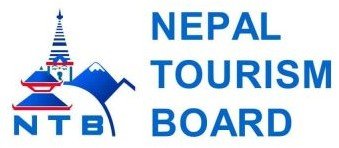Complete Guide to Pikey Peak Trekking

3rd Nov, 2023
- teamramadventure
Nestled in the picturesque Solu-Khumbu region of Nepal, the Pikey Peak Trek is a hidden gem that offers breathtaking views of the Himalayan mountains and an opportunity to immerse yourself in the local culture and traditions. This trek is relatively less crowded compared to some of the more popular routes in Nepal, making it an ideal choice for those seeking a tranquil and authentic trekking experience. In this complete guide to Pikey Peak Trekking, we'll cover everything you need to know to plan and enjoy your journey to the stunning Pikey Peak.
Table of Contents
Best Time for Pikey Peak Trekking
The best time to embark on the Pikey Peak Trek is during Nepal's two primary trekking seasons: spring (March to May) and autumn (September to November). These months offer favorable weather conditions with clear skies and mild temperatures, making for comfortable and enjoyable trekking.
Spring (March to May):
Spring brings vibrant rhododendron blooms along the trail, adding a splash of color to the lush green landscapes. The temperatures are mild, and the days are longer, allowing for unhurried exploration.
Autumn (September to November):
This season provides excellent visibility of the Himalayan peaks, and the skies are generally clear. The weather is stable, with mild daytime temperatures and cool nights, making it an ideal time for trekking.
Trekking Route for Pikey Peak
The Pikey Peak Trek offers multiple route options, depending on your preferences and the duration of your trek. Here's a popular 8-day itinerary:
Day 1: Kathmandu to Dhap
Drive from Kathmandu to Dhap.
Approximate driving time: 7-8 hours.
Day 2: Dhap to Jhapre
Trek from Dhap to Jhapre.
Trekking time: 5-6 hours.
Day 3: Jhapre to Pikey Base Camp
Trek from Jhapre to Pikey Base Camp.
Trekking time: 5-6 hours.
Day 4: Pikey Base Camp to Junbesi
Early morning hike to Pikey Peak (4,065 meters) for sunrise views.
Descend to Pikey Base Camp and continue to Junbesi.
Trekking time: 6-7 hours.
Day 5: Junbesi to Thuptenchholing
Trek from Junbesi to Thuptenchholing.
Trekking time: 5-6 hours.
Day 6: Thuptenchholing to Phaplu
Trek from Thuptenchholing to Phaplu.
Trekking time: 5-6 hours.
Day 7: Phaplu to Kathmandu
Drive from Phaplu back to Kathmandu.
Approximate driving time: 8-9 hours.
Day 8: Departure
Permits and Necessary Documents
To trek to Pikey Peak, you will need certain permits and documents. The primary permits required are:
TIMS (Trekkers' Information Management System) Card:
This card is essential for all trekkers in Nepal and can be obtained in Kathmandu or other major trekking entry points.
Local Area Permit:
You will need a local area permit for the Solu-Khumbu region. This can be obtained at the District Administration Office in Solu-Khumbu or at the entry point.
Ensure that you carry valid identification and multiple passport-sized photos for the permit applications.
Packing List
Packing efficiently is crucial for a successful trek. Here's a basic packing list to consider:
Clothing:
Moisture-wicking base layers
Insulating layers
Waterproof and windproof outer layers
Trekking pants and shorts
Warm hat and gloves
Sturdy trekking boots
Gear:
Backpack
Sleeping bag (appropriate for the season)
Trekking poles
Headlamp with spare batteries
Water purification tablets or filter
Accessories:
Sunglasses
Sunscreen and lip balm with SPF
First-aid kit
Toiletries
Trekking map and guidebook
Miscellaneous:
Cash (in Nepalese Rupees)
Passport and permits
Travel insurance
Frequently Asked Questions
Is previous trekking experience necessary for Pikey Peak Trek?
While prior trekking experience is beneficial, Pikey Peak Trek is considered suitable for beginners with a reasonable level of fitness. It's important to acclimatize properly and pace yourself during the trek.
Are there teahouses or lodges along the trail?
Yes, there are teahouses and lodges available throughout the Pikey Peak Trek route, providing accommodation and meals. You don't need to carry a tent or cooking equipment.
Is altitude sickness a concern on this trek?
Pikey Peak's altitude is relatively moderate, making it less prone to altitude sickness. However, it's still crucial to acclimatize properly, stay hydrated, and be aware of the symptoms of altitude-related issues.
Can I hire a guide and porter for the trek?
Yes, hiring a local guide and porter is a common practice and can enhance your trekking experience by providing local insights and reducing the weight you need to carry.
Thus, the Pikey Peak Trek offers a fantastic opportunity to explore the beauty of Nepal's Solu-Khumbu region while avoiding the crowds of more popular routes. With proper planning, permits, and a well-thought-out packing list, you can embark on this trek with confidence, knowing you'll witness stunning landscapes and immerse yourself in local culture along the way. Enjoy your adventure to Pikey Peak!


 Plan Your Trip Now
Plan Your Trip Now 










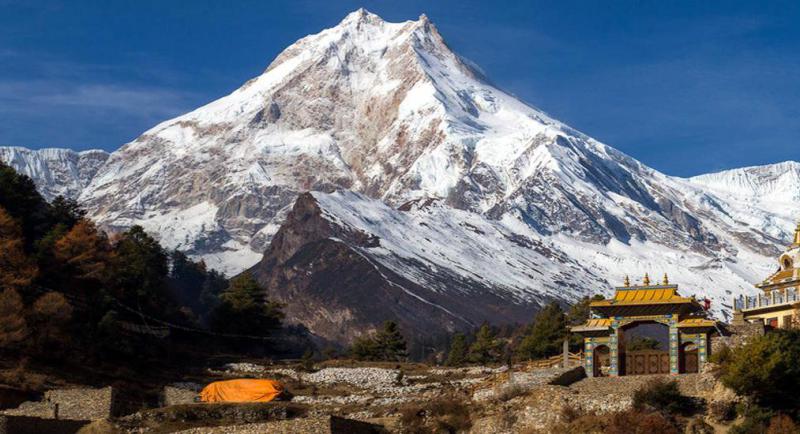

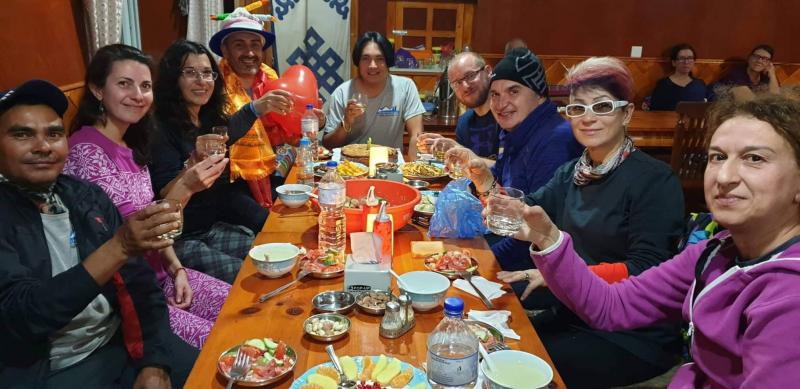









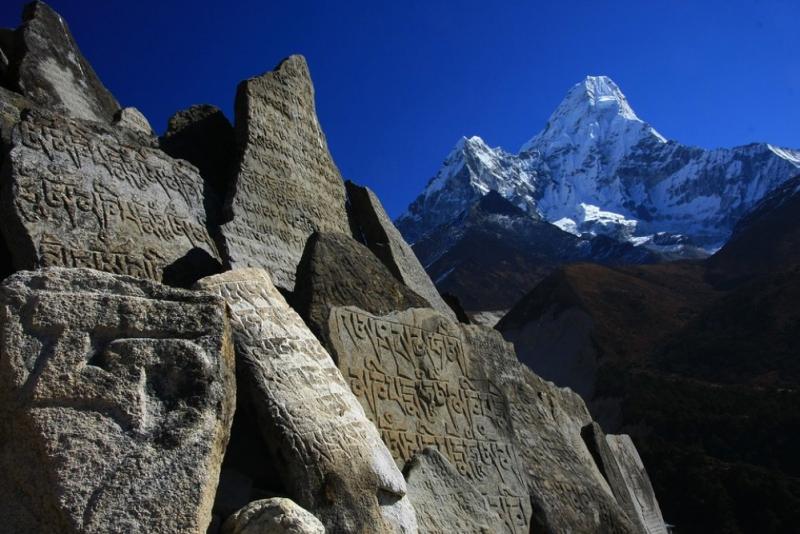






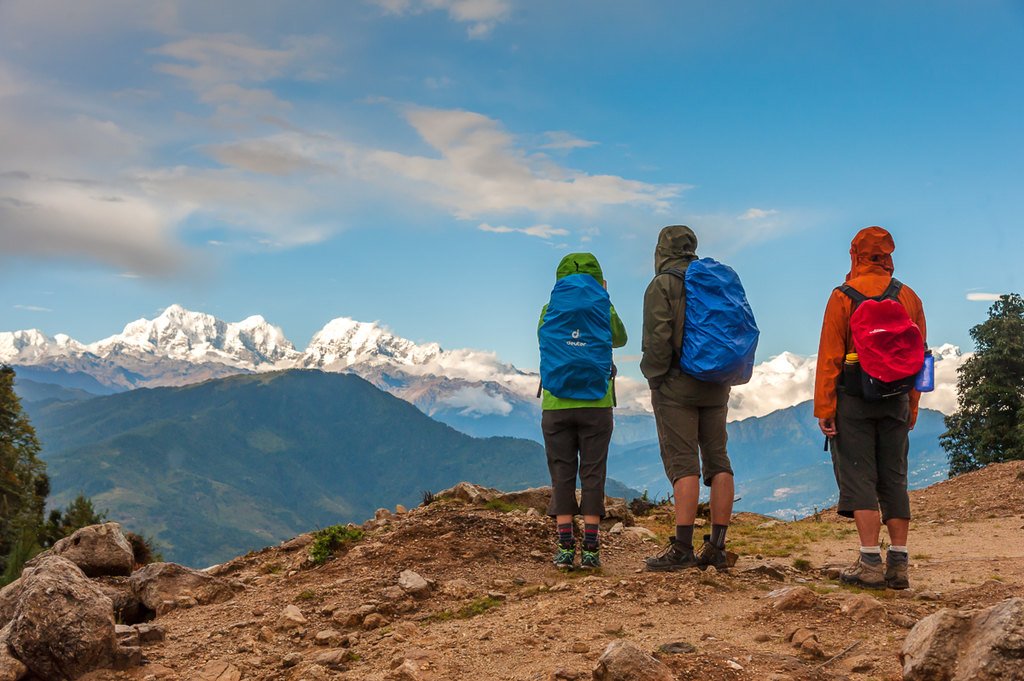
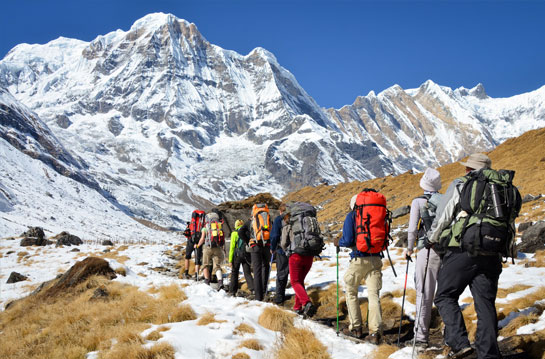
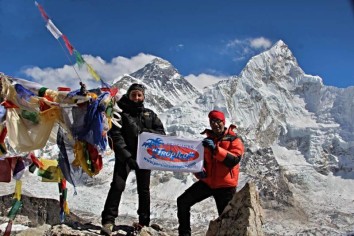






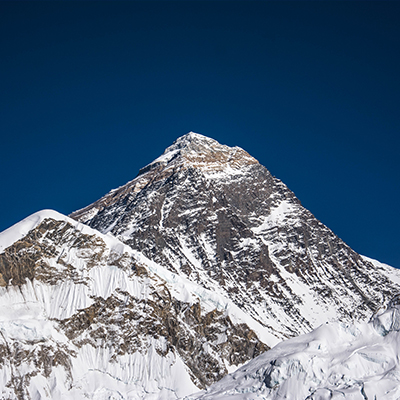


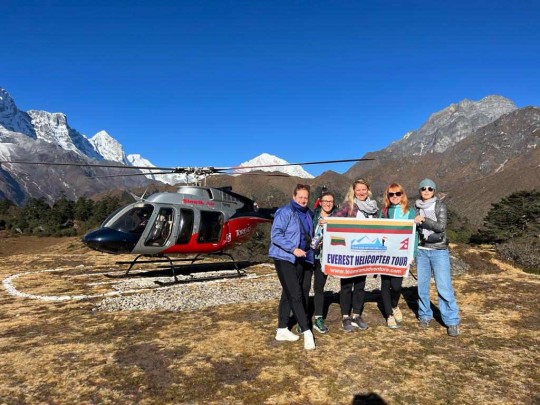



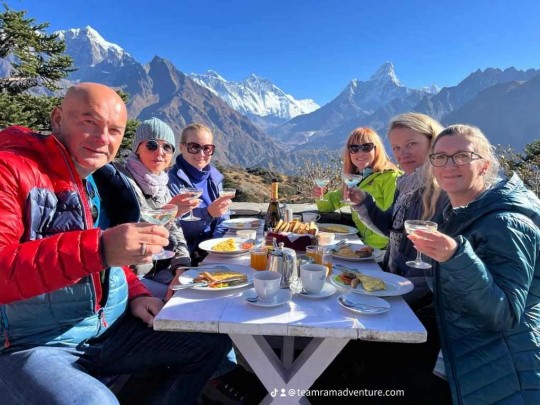







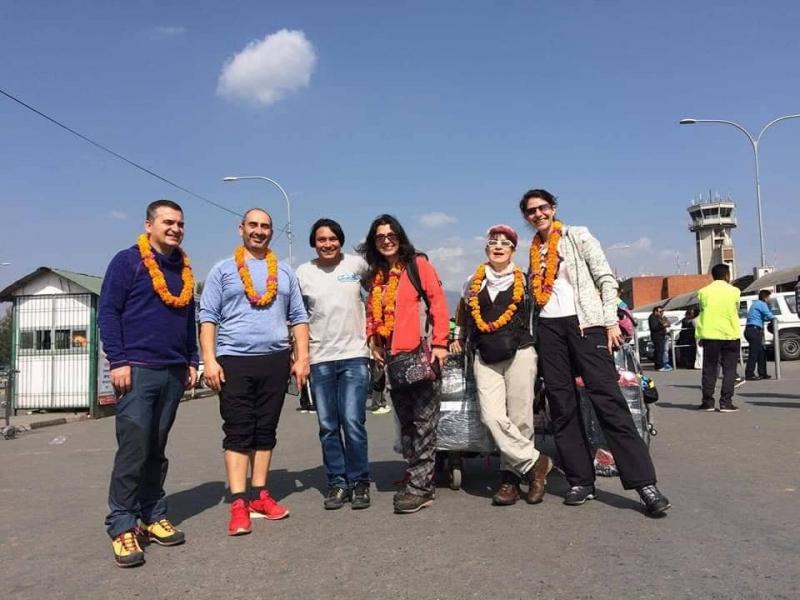












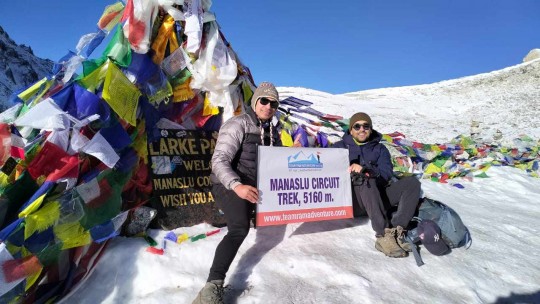
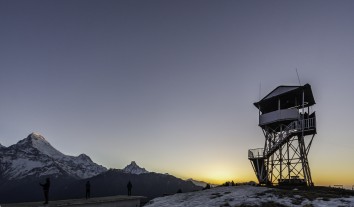
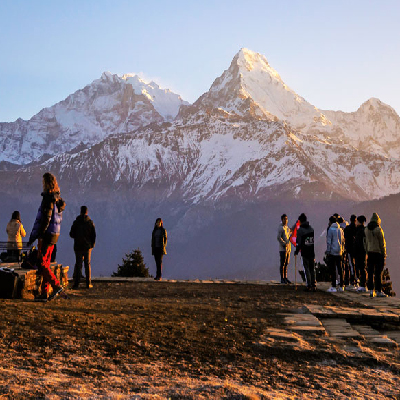










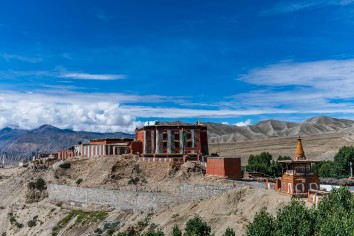


.jpg)







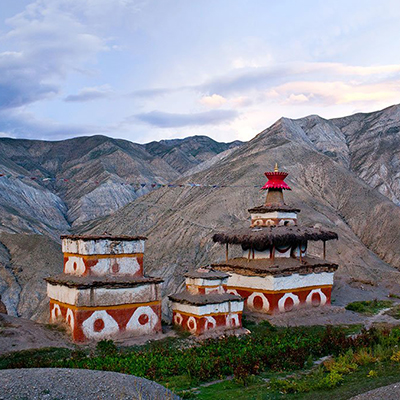
.jpg)


.jpg)

